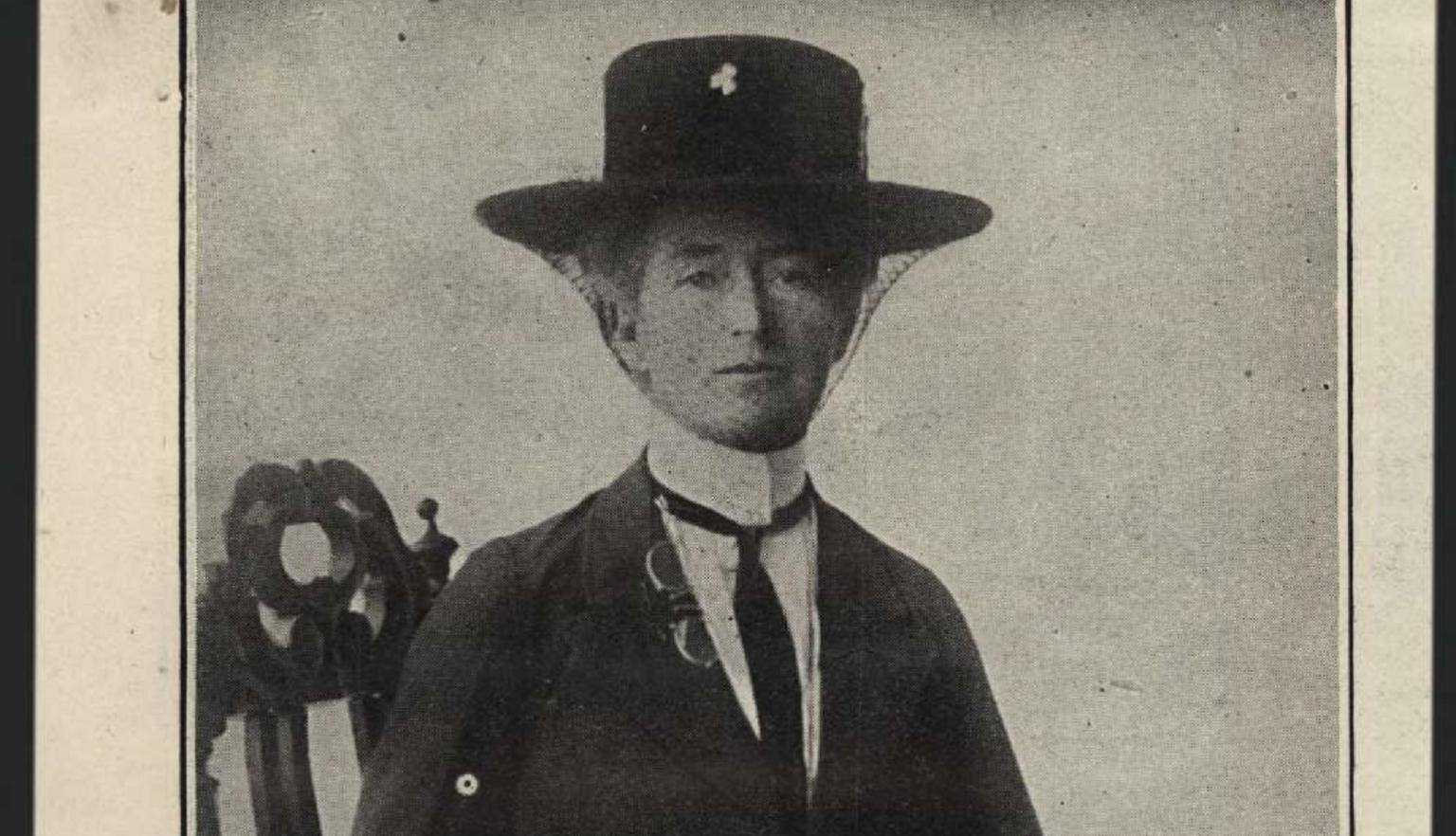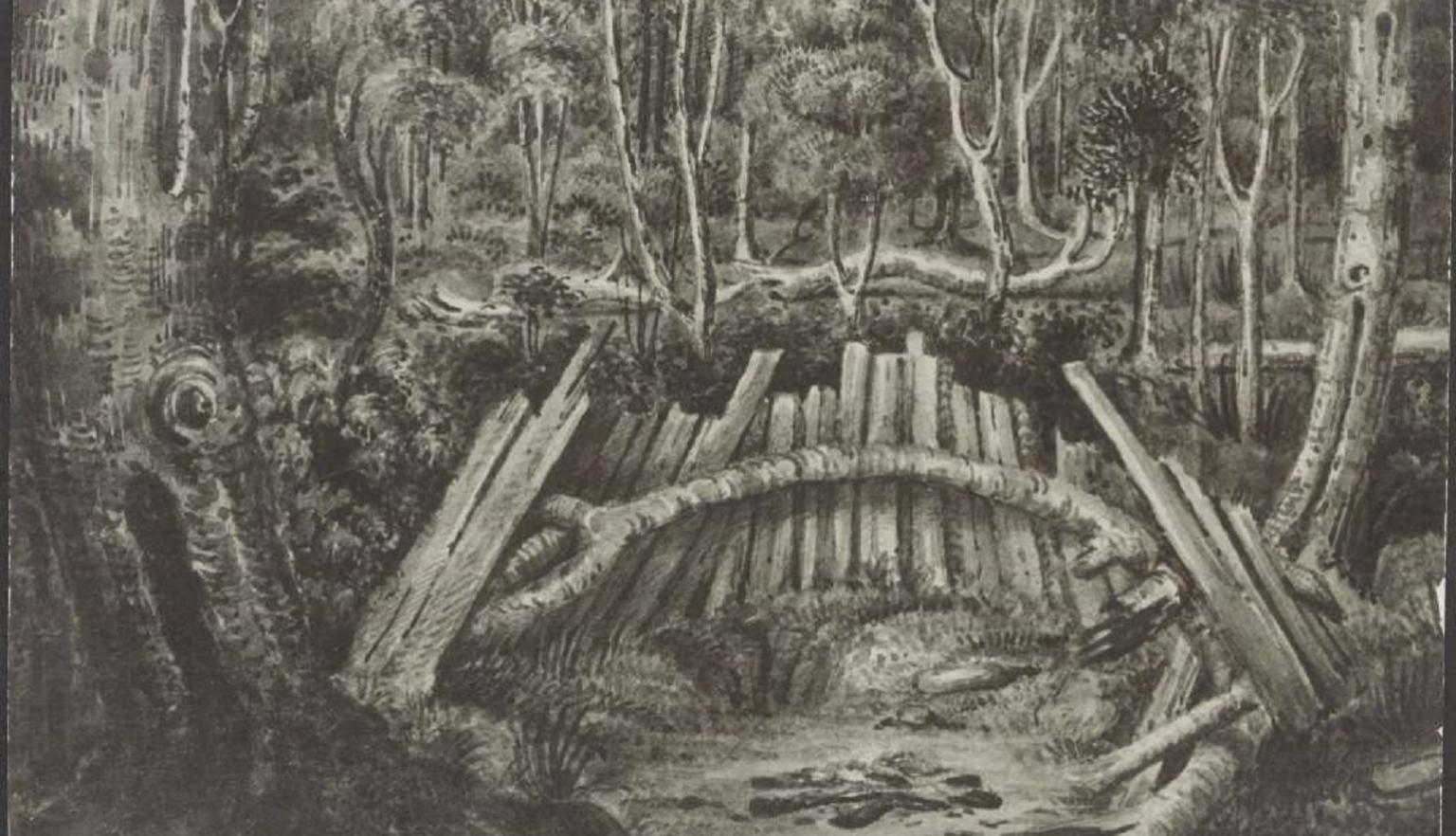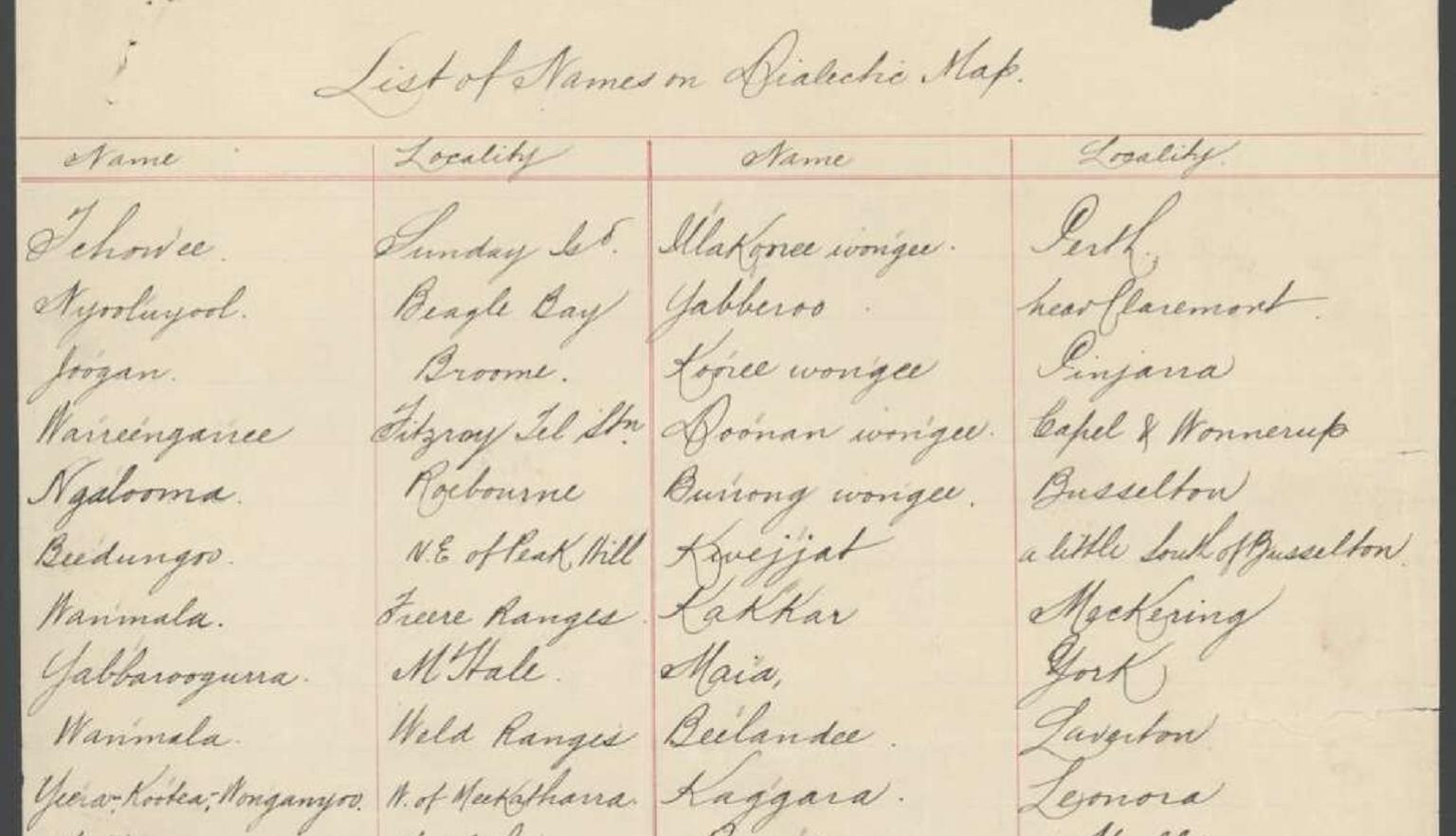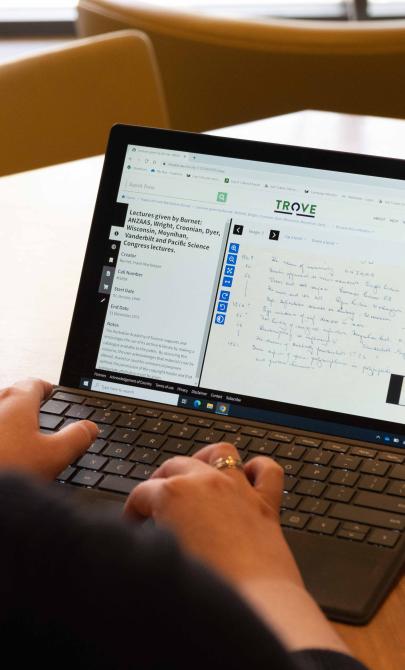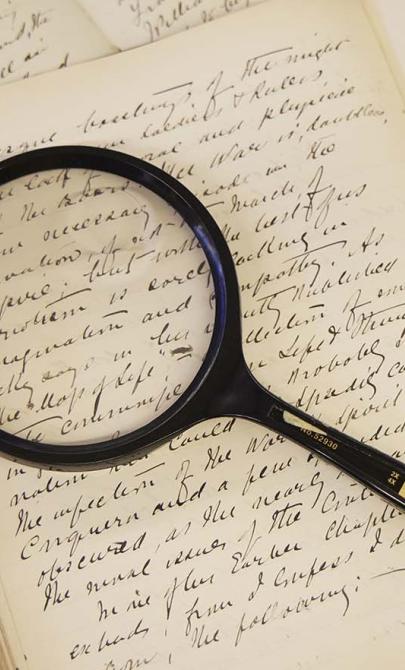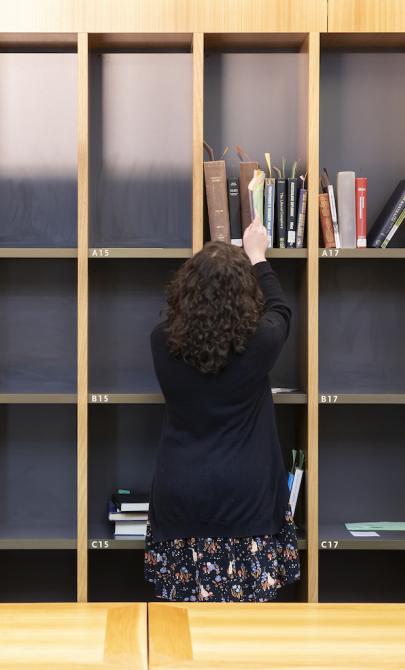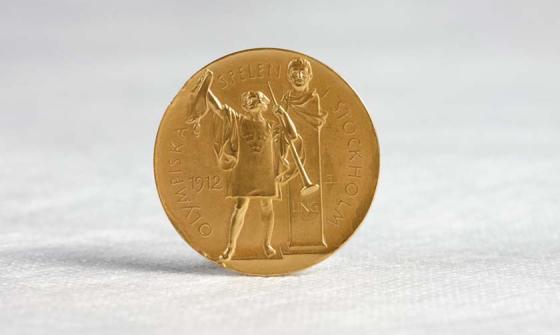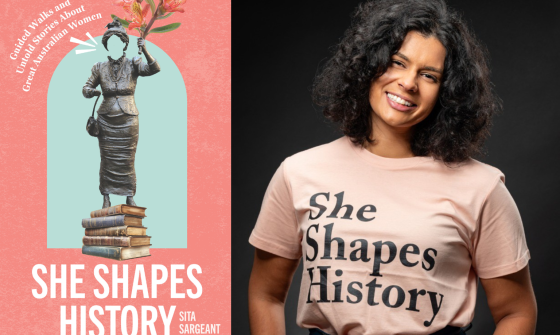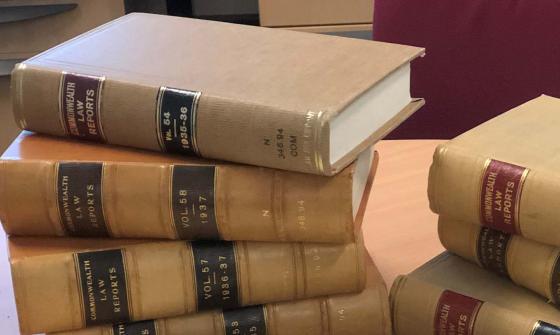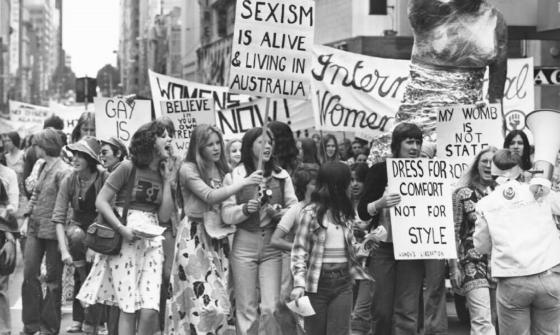Bates Collection
Collection highlights
Key items in the collection
This collection hosts a range of formats, including:
(i) Manuscripts and papers of Daisy Bates
The collection contains a substantial body of research material on Indigenous Australians which she collected and compiled in Western Australia in 1904-12, together with drafts of her book The native tribes of Western Australia (published posthumously in 1985). She arranged these papers into 13 chapters (66 ‘folios’):
- Origins
- Geographical distribution
- Social organisation
- Initiation ceremonies
- Totems
- Religious beliefs, superstitions
- Myths and legends
- Native food
- Weapons, arts, crafts
- Diseases, remedies, death, burial
- Dances, songs
- Language, grammar and vocabularies
- General notes on Aborigines
The other papers, which Bates loosely organised into 33 ‘folios’, consists of correspondence, notebooks, annotated books and pamphlets, newspaper and magazine articles (1901-38), maps and photographs. The notebooks are mainly organised by geographical region, such as Rottnest Island, Gascoyne, Eucla, Ooldea, Dorré Island, Bernier Island, Broome and Guildford. Others are organised by the names of her Aboriginal informants.
The correspondents include Sir Frederick Bedford, A.P. Fitzherbert, A.W. Howitt, John Mathew, R.H. Mathews, Abbot Nicholas, Charles Tate Regan and J.P. Thomson.
(ii) Other manuscript collections
We hold the papers of Elizabeth Salter series 2 of which relates to her book Daisy Bates: the Great White Queen of the Never Never (1971). The papers consist of original letters, notes and photographs of Bates, as well as Salter’s correspondence with agents, publishers and others, photocopies of papers and letters of Bates, newspaper cuttings and drafts of the book.
The following collections of papers include letters of Bates:
There are copies of the vocal score for a one-act chamber opera by Margaret Sutherland, with a libretto by Maie Casey, from around 1972.
There are around 350 photographs, many annotated by Daisy Bates herself. Most of the images document the lives of Aboriginal peoples in Western Australia, South Australia, and the Northern Territory, featuring individuals, groups, and camps. You’ll also find photos of traditional tools like boomerangs and spearheads, rock paintings, and missions at places such as Beagle Bay, New Norcia, Point Macleay, and Point Pearce.
The collection also includes images of camel buggies, camel trains, pastoral properties, mines, telegraph stations, and towns like Broome, Carnarvon, Nullagine, Ooldea Siding, and Roebourne. Bates appears in only a few of the photographs.
Writings of Daisy Bates
- Aboriginal Perth; Bibbulmun biographies and legends, edited by P.J. Bridge, Perth, Hesperian Press, 1992
- Efforts made by Western Australia towards the betterment of her Aborigines, Perth, Government Printer, 1907
- The native tribes of Western Australia, edited by Isobel White, Canberra, National Library of Australia, 1985
- The passing of the Aborigines: a lifetime spent among the natives of Australia, London, John Murray, 1938
Bates also wrote 270 newspaper articles about Aboriginal life, copies of which are in her papers.
Biographies
- Anne Bartlett, Daisy Bates: keeper of totems, Melbourne, Reed Library, 1997
- Julia Blackburn, Daisy Bates in the desert, Melbourne, Minerva, 1994
- Susanna De Vries, Desert queen: the many lives and loves of Daisy Bates, Sydney, HarperCollins, 2008
- Ernestine Hill, Kabbarli: a personal memoir of Daisy Bates, Sydney, Angus and Robertson, 1973
- Bob Reece, Daisy Bates: grand dame of the desert, Canberra, National Library of Australia, 2007
- Elizabeth Salter, Daisy Bates: the Great White Queen of the Never Never, Sydney, Angus and Robertson, 1971
Early life and move to Australia
Margaret Dwyer, later known as Daisy Bates, was born in 1859 in Roscrea, Ireland. She grew up as the daughter of a shopkeeper and attended Air Hill National School. After school, she may have worked as a governess in England before moving to Australia in 1882 under a Queensland Government emigration scheme.
Life in Australia
Daisy worked as a governess in northern Queensland and married Edwin Murrant (‘Breaker Morant’) in 1884, but the marriage was short-lived. She remarried in 1885 to Jack Bates, and they had one son. The family travelled around rural New South Wales for several years, with Daisy working part-time as a governess. In 1894, she moved to London and began a career as a journalist.
Work with First Australians
In 1899, Daisy Bates returned to Australia, settling in Western Australia. This is where she first encountered Aboriginal peoples, which sparked her lifelong interest in their culture. She began collecting Aboriginal vocabularies and documenting Indigenous life and traditions.
Life in the outback
Daisy spent many years living in remote areas, including Eucla, Yalata, and Ooldea, studying Indigenous communities. She became a well-known figure, always dressed in Edwardian clothing, and continued writing for newspapers. Her autobiography, My Natives and I, was serialised and later republished in The Passing of the Aborigines in 1938.
Later years
In 1941, failing health led Daisy to settle in Adelaide, where she lived until her death in 1951.
Background to the collection
Daisy Bates first donated some of her manuscripts and publications to the National Library in 1933. From 1936 to 1941 she was paid a weekly allowance by the Commonwealth Government to prepare her manuscripts for deposit in the Library. In 1941 she visited Canberra and formally presented her manuscripts and papers to the Library.
The manuscripts, papers, and photographs of Daisy Bates are stored in the Manuscripts Collection under the call number MS 365. A smaller group of letters to Bates can be found at MS 2300. Use the papers finding-aid.
The collection has been microfilmed (reels mfm G28,316-72), and copies of these films are available in other libraries.
Additional materials
There are around 100 photographs from the collection stored in the Pictures Collection. Manuscripts and printed maps, originally stored with the papers, have been moved to the Maps Collection and can be found under the prefix "MAP Daisy Bates Special Col." These maps are also listed in the online finding-aid and have mostly been digitised.
Other related collections
The papers of Elizabeth Salter are available in the Manuscripts Collection at MS 6481. Use the papers finding-aid.
An interview with Daisy Bates is stored in the Oral History Collection at TRC 160, and her publications are available in the Australian Collection at various locations.
Manuscripts and papers of Daisy Bates are also held by the Barr Smith Library (University of Adelaide) and the Battye Library (State Library of Western Australia)
This guide was prepared using these references:
- Bob Reece, ‘"You would have loved her for her lore": the letters of Daisy Bates’, Australian Aboriginal Studies, 2007, no. 1, pp. 51-70
- Eleanor Witcombe, Daisy Bates, Australian, 2-3 April 1988, supp. p. 4
- R.V.S. Wright, Bates, Daisy May (1863-1951), Australian Dictionary of Biography online
